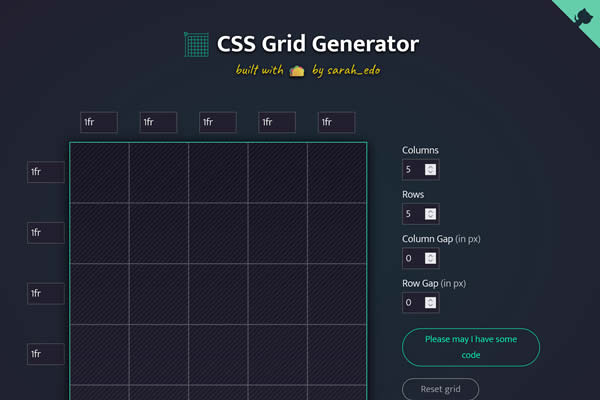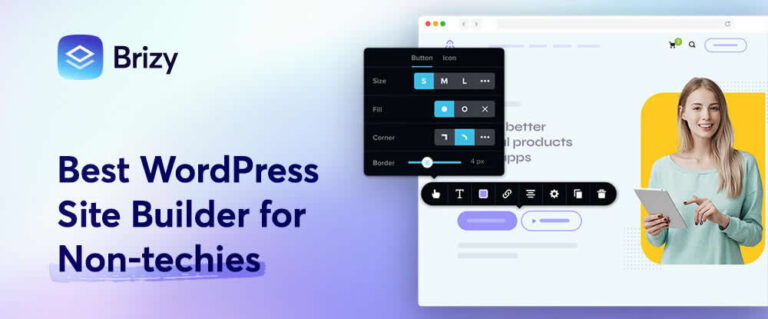Building websites for clients can be a challenging task that requires effective communication, cooperation, and sufficient resources. However, obtaining the necessary brand assets can often be difficult, especially for smaller organizations with limited budgets. In such cases, web designers may only receive a low-resolution logo and little else. Despite this limitation, a logo can still provide valuable insights and inspiration for the design process.
One of the key aspects that can be determined from a client’s logo is their preferred colors and typography. Even if the logo features just a single color, it can serve as a starting point for creating a color scheme for the website. Online tools can generate complimentary colors and shadings based on the primary color. Similarly, the typography used in the logo can be used as a reference for selecting appropriate fonts for headings and other text elements. Font identification tools can be utilized to identify the fonts used in the logo.
The client’s logo can also provide insights into their personality and tone. The choice of colors and typography in the logo can convey whether the organization has a serious or casual vibe. Additionally, illustrations or graphics used in the logo can further contribute to establishing the right mood for the website design. This information can also guide the selection of other design assets, such as icons and stock photos, to ensure consistency with the logo’s tone.
Furthermore, a client’s logo can offer clues about their target audience. While demographic details may be limited, the logo can provide indications about the relative age, gender, identity, or financial status of the target audience. This understanding can help in tailoring the website design to effectively reach and engage the intended audience.
Designing a website without sufficient brand assets can be challenging, but a logo can serve as a valuable starting point. It can provide inspiration for color schemes, typography choices, and understanding the client’s personality and target audience. The logo also serves as a basis for discussion with the client, allowing for feedback and adjustments to ensure the project is on the right track.
In conclusion, a client’s logo may be the primary brand asset available for web designers, but it holds valuable information that can guide the design process. By analyzing the logo’s colors, typography, and illustrations, designers can create a relevant and engaging website that aligns with the client’s preferences, personality, and target audience.






